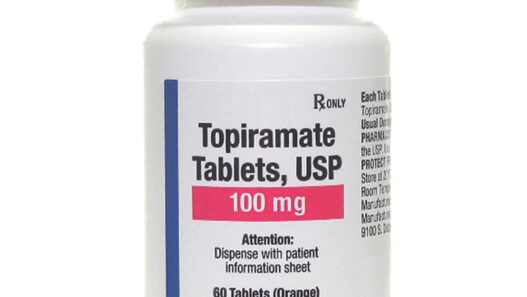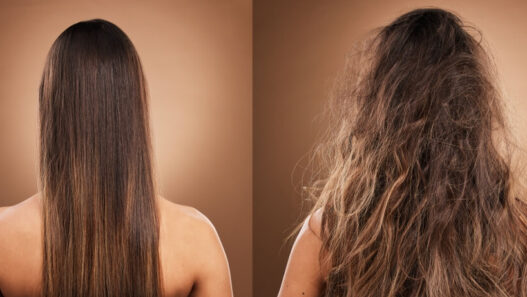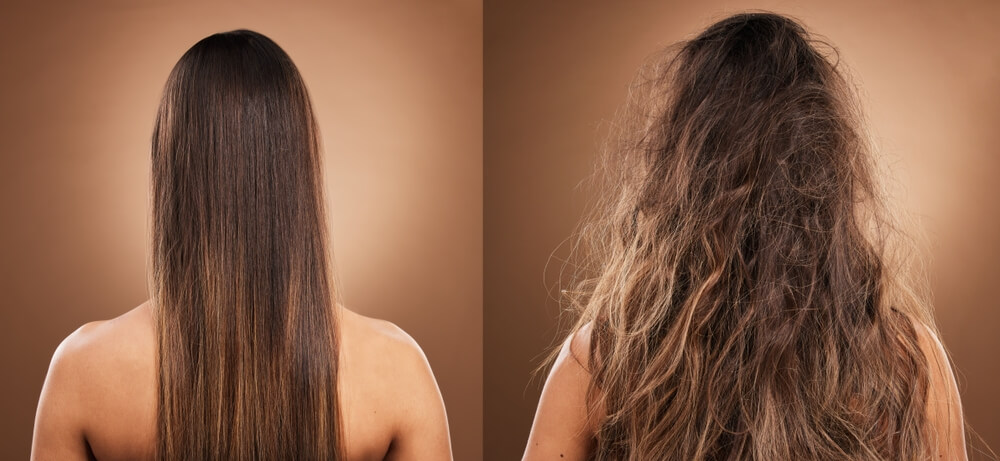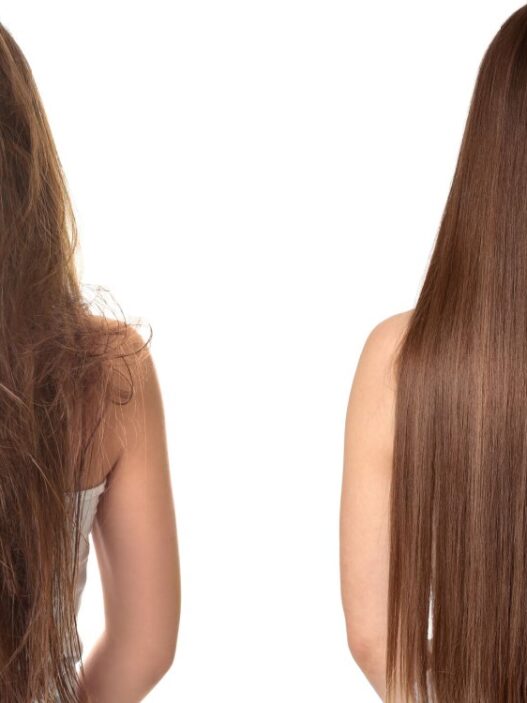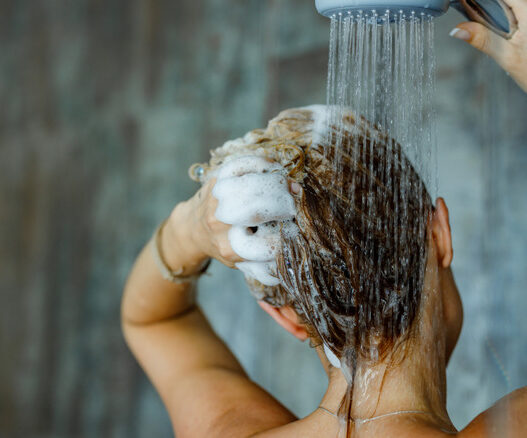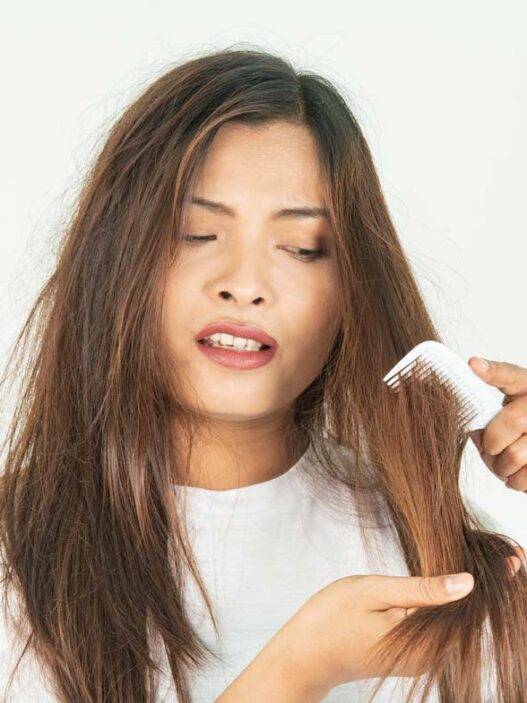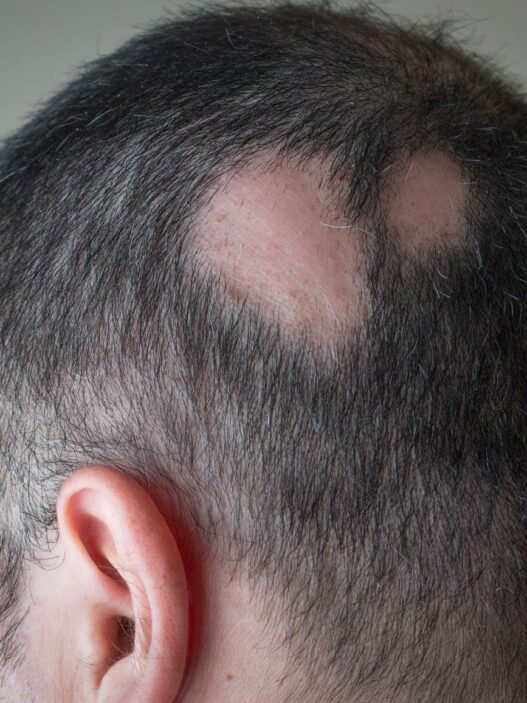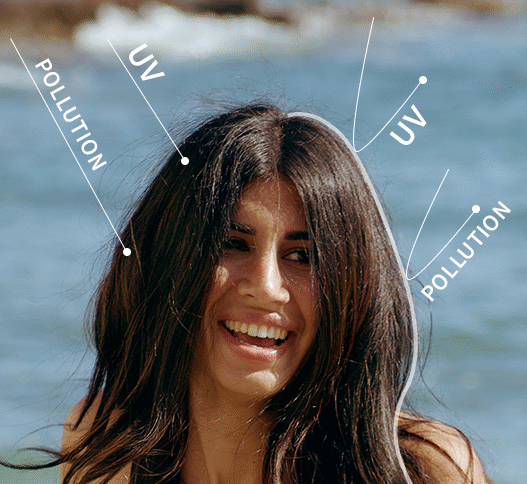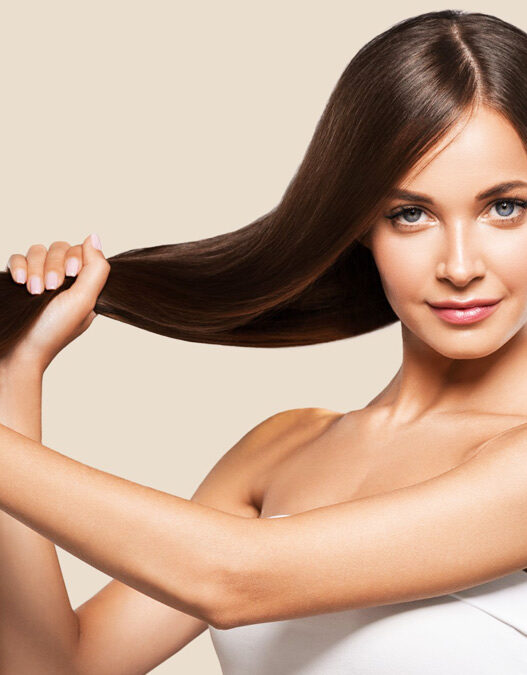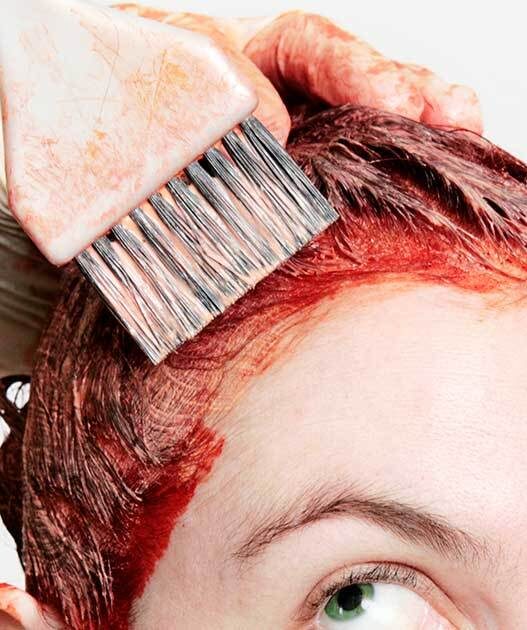Let’s be honest ,hair is more than just strands growing out of our scalp. Think about it, on a “good hair day,” we feel amazing. On a “bad hair day,” even the best outfit can feel incomplete.
But here’s the catch: modern life isn’t kind to our hair. Straighteners, curling irons, bleach, pollution, stress our hair goes through a lot. Over time, this leads to: damaged hair.
What Exactly Is “Damaged Hair”?
Hair is made mostly of a protein called keratin. Each strand has three layers:
Cuticle
The outer layer, like roof shingles, protects the inside.
Cortex
The middle layer, giving hair strength and color.
Medulla
The inner core (sometimes missing in fine hair).
When your hair is healthy, the cuticle is smooth, flat, and reflects light hello shine! But when damage hits, the cuticle lifts, breaks, or even peels away. That’s when your hair looks dull, feels rough, tangles easily, and eventually splits.
In short, damaged hair = a broken protective layer.
Common Signs Your Hair Is Damaged
How Do You Know If Your Hair Is Damaged? Look For These Clues
Dryness And Rough Texture
Your hair feels like straw instead of silk.
Frizz And Flyaways
The cuticle is lifted, so moisture escapes.
Split Ends
The tips of your hair separate into two (or more!) strands.
Breakage
Short pieces sticking out randomly.
Dullness
Hair doesn’t shine, no matter how much you condition it.
Tangles Easily
Raised cuticles catch on each other.
Elasticity Test Fails
Healthy hair stretches slightly before breaking. Damaged hair snaps quickly.
If you nodded yes to most of these… your hair might be crying for help.
The Main Causes Of Hair Damage
Let’s get real,hair damage isn’t random. It usually comes from what we do (or don’t do).
Heat Styling
Straighteners, curling irons, blow-dryers love them or hate them, they’re heat bombs for your hair. High heat literally boils the water inside hair strands, creating bubbles and cracks.
Chemicals
Bleaching
Strips melanin but also weakens keratin.
Dyeing
Opens cuticle, deposits color, often roughens strands.
Relaxers/Perms
Break and reform bonds in hair—powerful but harsh.
Environment
Sun UV Rays
Break down protein.
Pollution
Dust, smoke, toxins stick to hair.
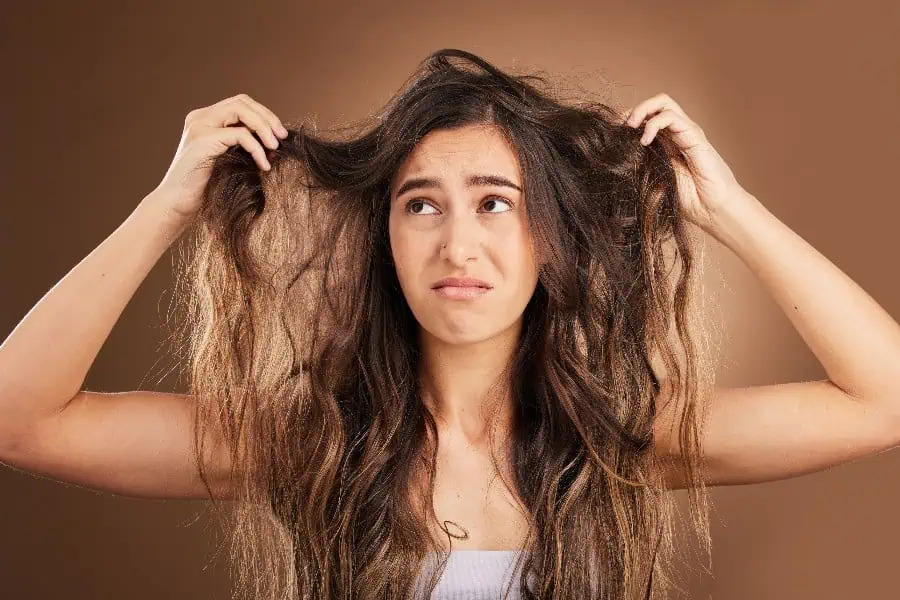
Hard Water
Mineral buildup makes hair stiff.
Poor Diet And Lifestyle
Hair is built from nutrients. If your diet lacks protein, vitamins (biotin, vitamin D, iron), or omega-3s, hair suffers.
Stress And Hormones
Stress can push hair into a shedding phase (telogen effluvium). Hormonal shifts (thyroid issues, pregnancy, menopause) also change hair’s strength.
Myths About Hair Damage (Busted!)
“You can repair split ends completely.” Nope. You can temporarily seal them, but only trimming removes them.
“Cutting hair makes it grow faster.” Growth happens from roots, not ends. Cutting just prevents splits from traveling up.
“Oil makes hair grow.” Oils nourish and reduce breakage, but they don’t change your hair’s growth rate.
“Shampooing every day ruins hair.” It depends. If you use gentle shampoo and need daily washing (like with oily scalp), it’s fine.
Can You Actually Repair Damaged Hair?
Here’s the truth, once hair is damaged, you can’t 100% restore it. Hair is not alive, so it can’t heal like skin.
BUT…
You can make it look and feel healthier with treatments, you can protect it from more damage, and you can encourage stronger new growth with nutrition and scalp care.
Think of it like patching up your favorite jeans: you can’t make them new, but you can make them wearable and stylish again.
Everyday Habits That Damage Hair Without You Realizing
- Towel-drying too harshly → frizz and breakage.
- Sleeping with wet hair → friction damage.
- Brushing aggressively → cuticle scratches.
- Using elastic bands too tight → breakage at one point.
- Overwashing or using harsh shampoos → strips natural oils.
Professional Treatments For Repairing Damaged Hair
Olaplex (bond-building treatments)
Reconnects broken disulfide bonds in hair.
Great for bleached or chemically treated hair.
Keratin Treatments
Smooth cuticle, reduce frizz.
Results vary depending on the formula.
Deep Conditioning At Salon
Intensive masks with heat.
Hair Botox
Fills gaps in damaged strands with proteins.
Natural And Home Remedies That Actually Work
Coconut Oil
Penetrates hair shaft, reduces protein loss.
Argan Oil
Adds shine, fights frizz.
Aloe Vera
Hydrates and soothes the scalp.
Rice Water
Contains amino acids and inositol (protein-like effect).
Avocado And Honey Mask
Nourishing DIY treatment.
Best Products For Damaged Hair
When choosing products, look for these keywords:
- Sulfate-free shampoos (gentler cleansing).
- Protein-based masks (keratin, hydrolyzed proteins).
- Leave-in conditioners for daily protection.
Heat protectants if you style often.
DIY Hair Masks (Easy Recipes)
- Egg + olive oil mask → protein + moisture.
- Banana + yogurt mask → softness + hydration.
- Honey + coconut oil → shine + repair.
- Use once a week for best results.
Prevention-How To Stop Damage Before It Starts
- Use heat tools on a low/medium setting.
- Apply heat protectant every time.
- Trim ends every 6–8 weeks.
- Sleep on silk pillowcases.
- Eat a balanced diet (protein, iron, biotin).
- Protect hair from the sun with a hat or UV spray.
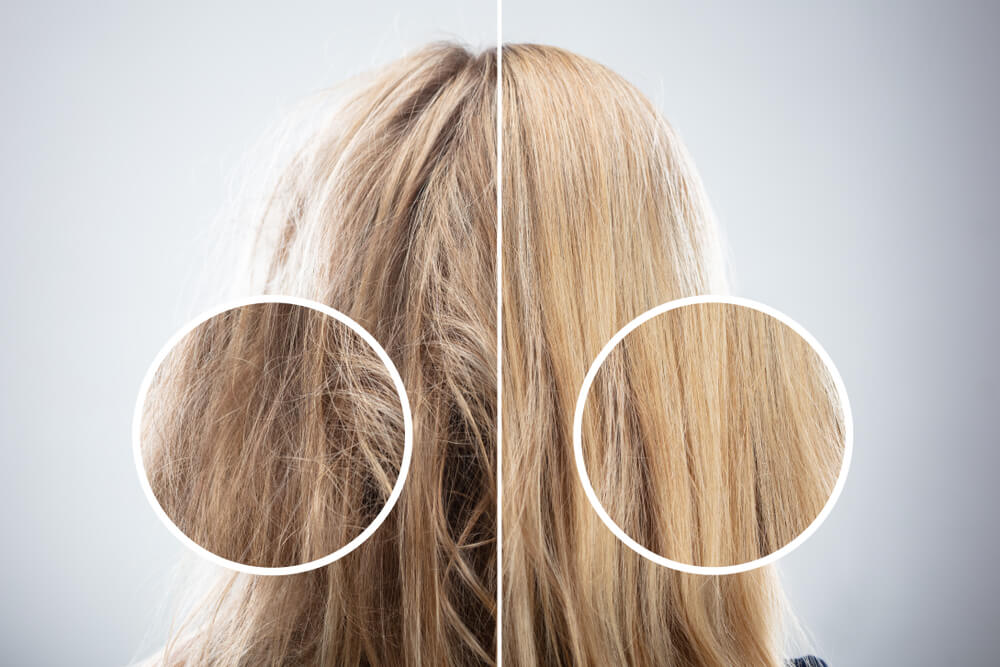
A Closer Look- Hair Types And How They React To Damage
Fine hair → breaks easily, needs light products.
Thick/coarse hair → more resilient but frizz-prone.
Curly hair → naturally dry, more vulnerable to split ends.
Color-treated hair → needs extra protein and moisture.
Questions People Often Ask About Damaged Hair
Q: How Long Does It Take To Fix Damaged Hair?
Depends. With good care, you’ll see improvements in weeks, but fully growing out damage can take months to years.
Q. Can Diet Really Change Hair Health?
A: Yes. Hair reflects your nutrition—protein, vitamins, and minerals are key.
Q: Is It Okay To Use Oil Overnight?
A: Yes, but wash it out the next day to avoid buildup.
Final Thoughts
Damaged hair is frustrating, but it’s not the end of the world. With the right knowledge and consistent care, you can make your hair look healthier, prevent future damage, and feel confident again.
Remember,small habits add up. Protect your hair like you would protect your skin, it deserves that care.




